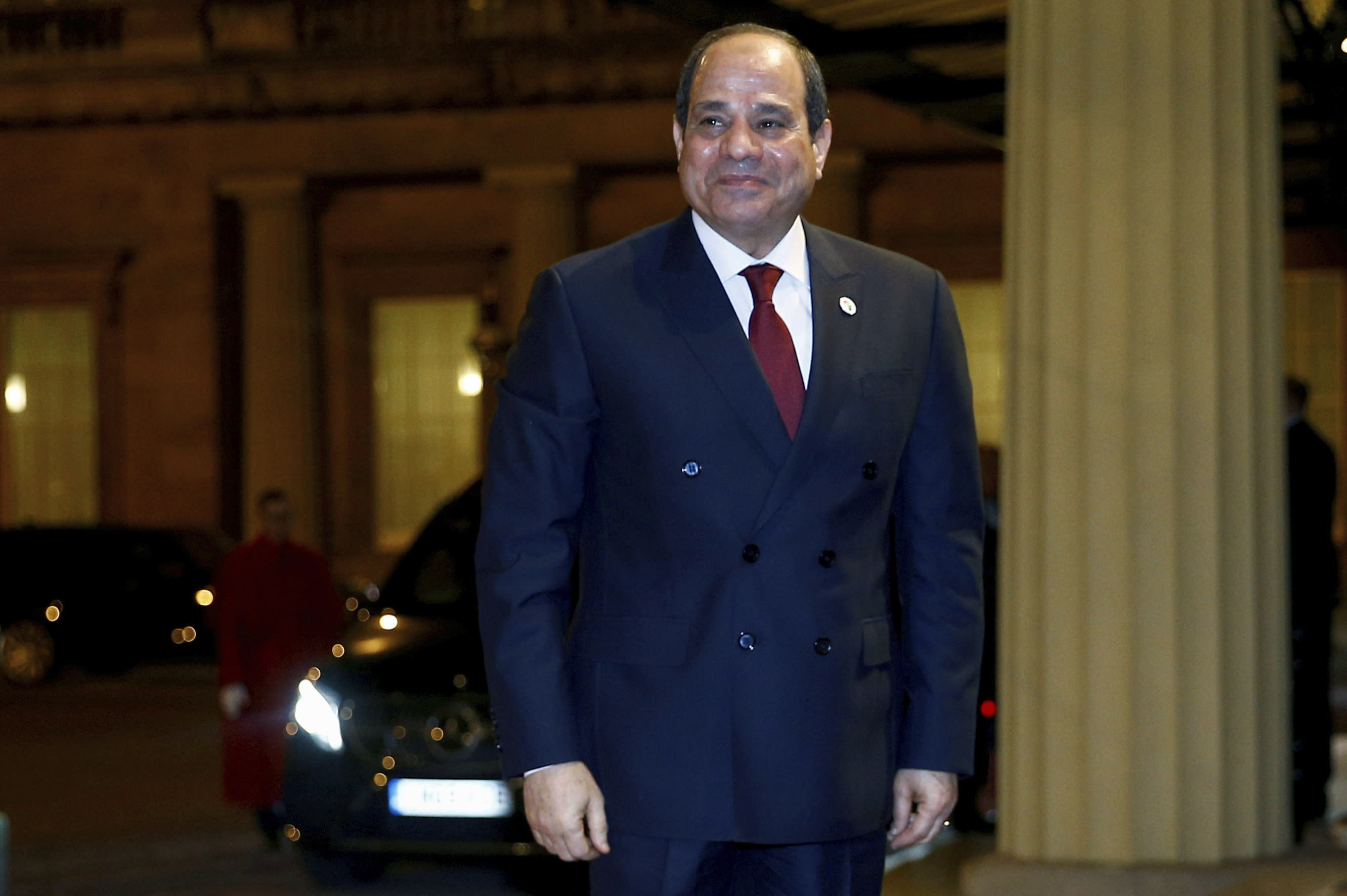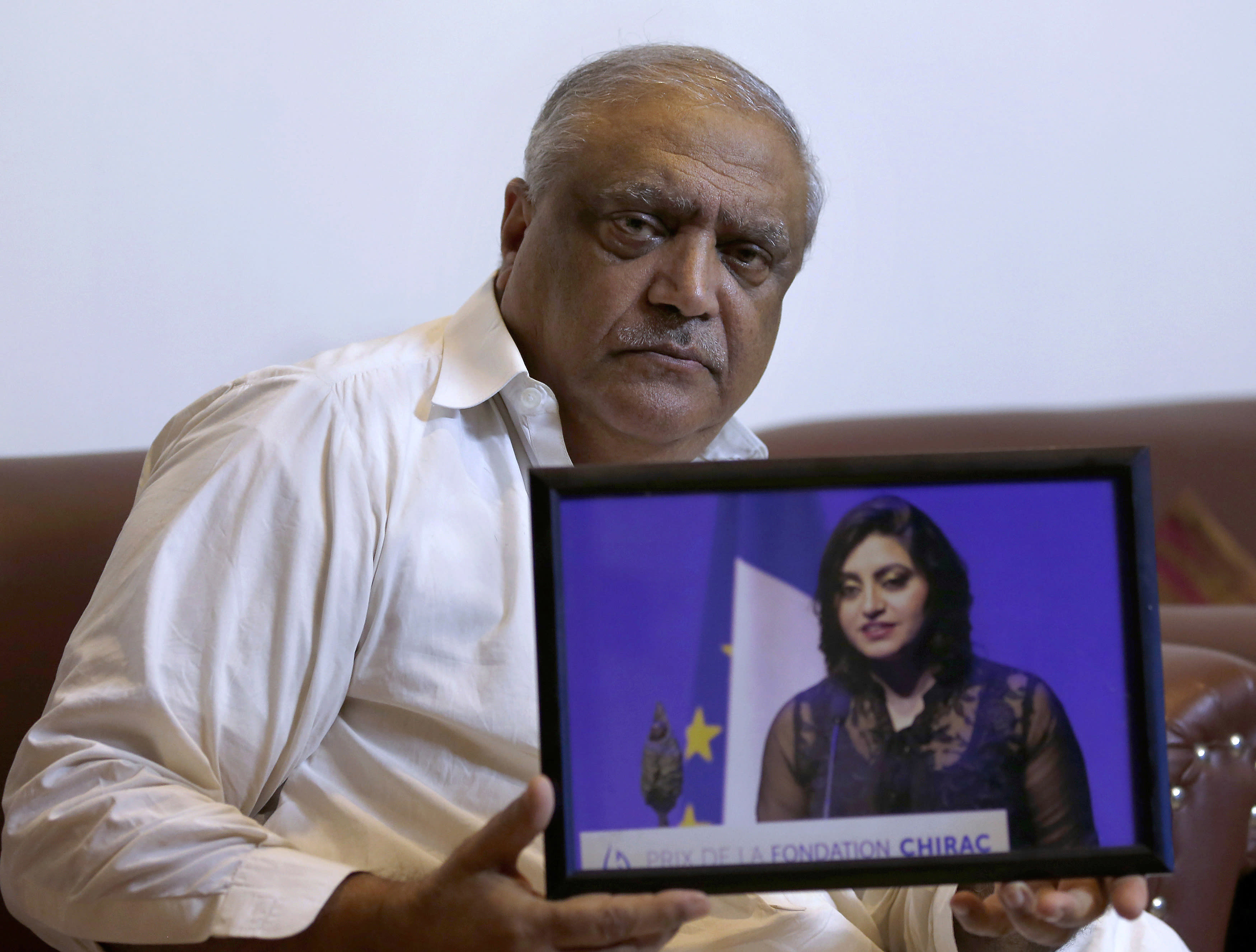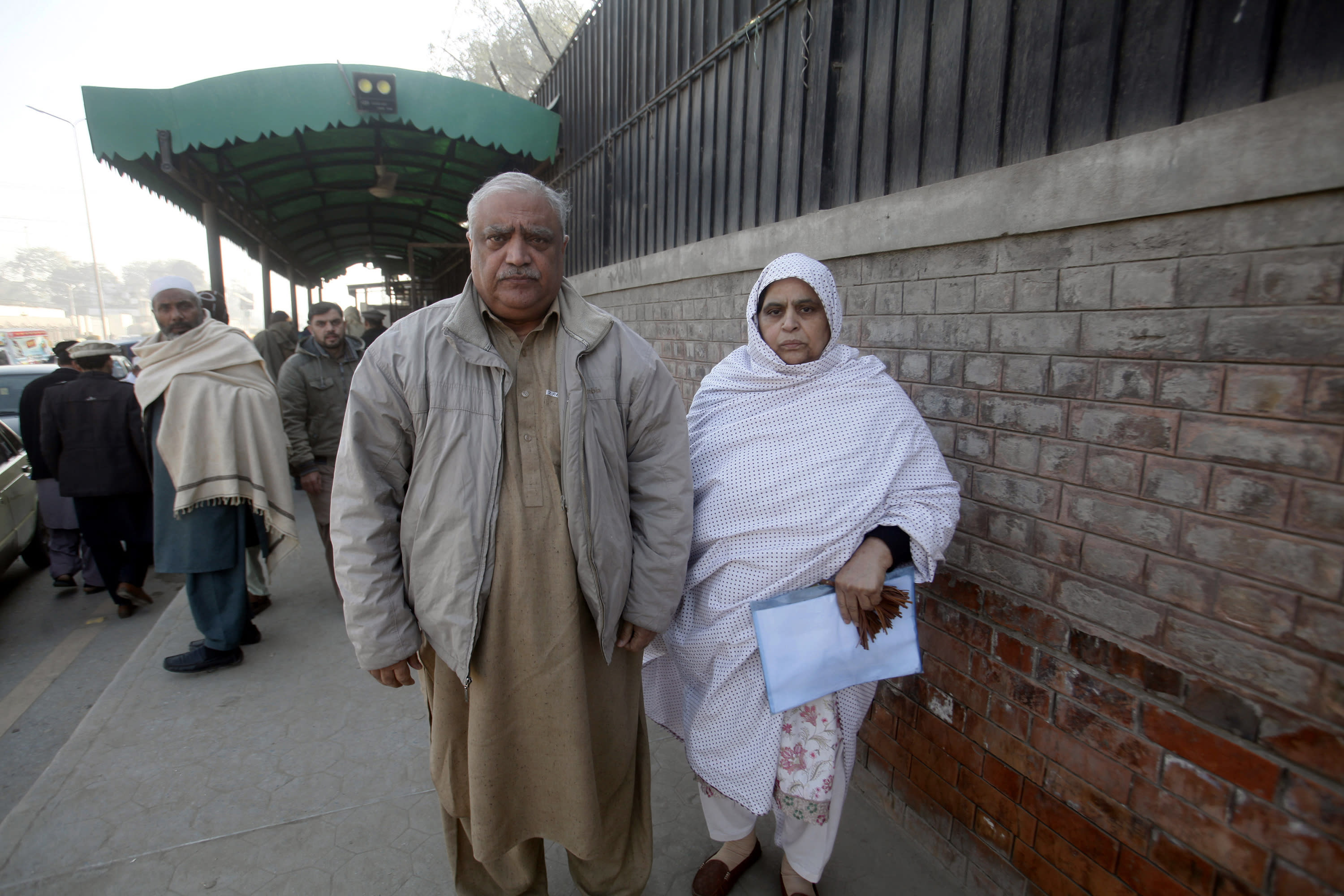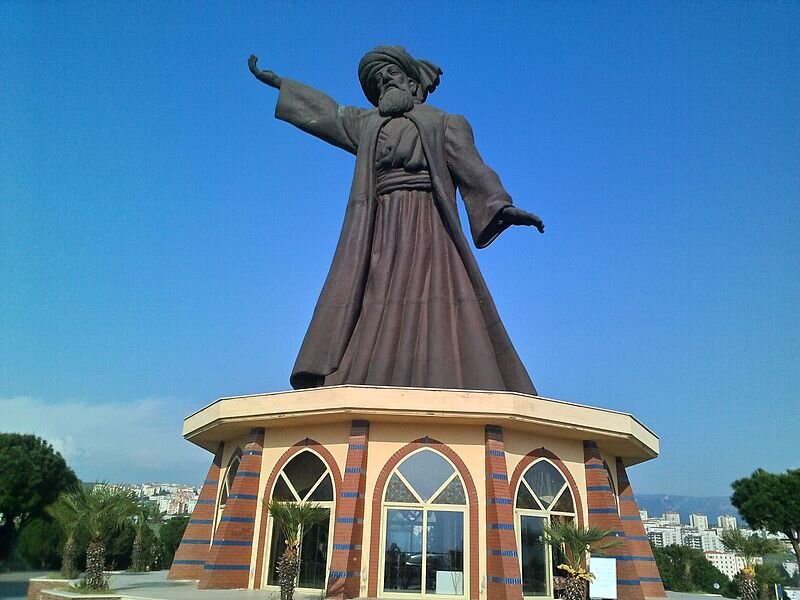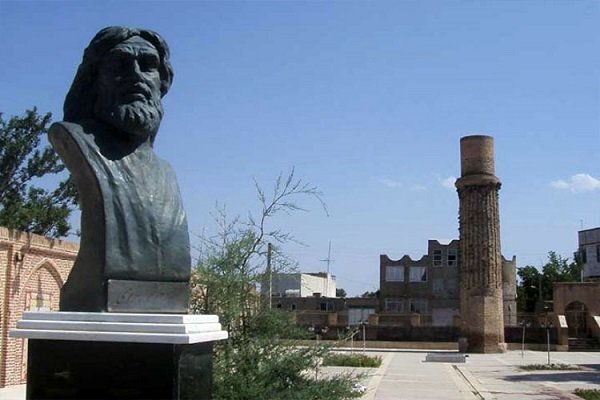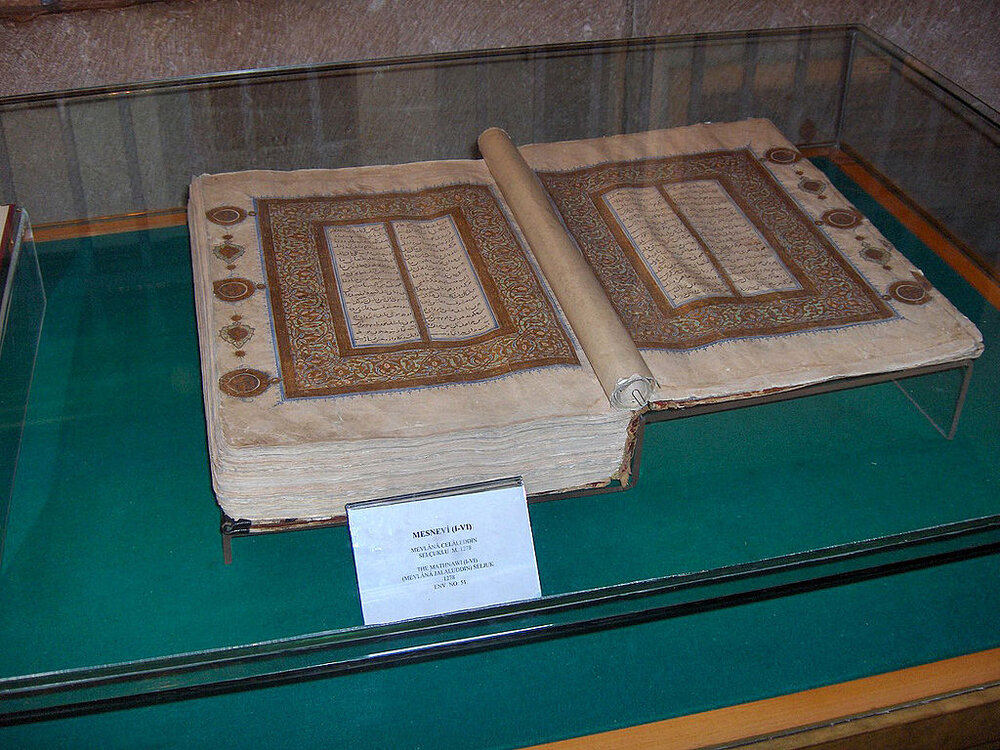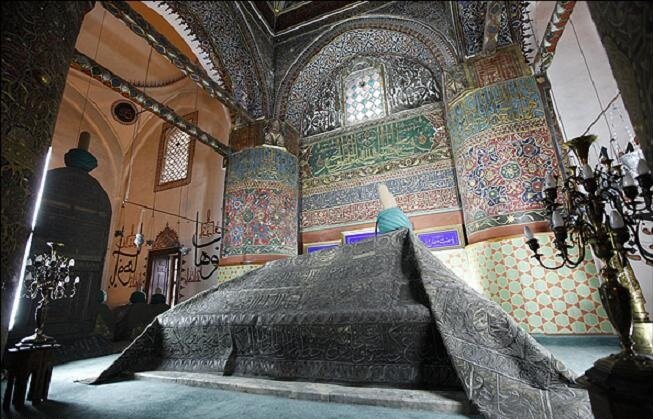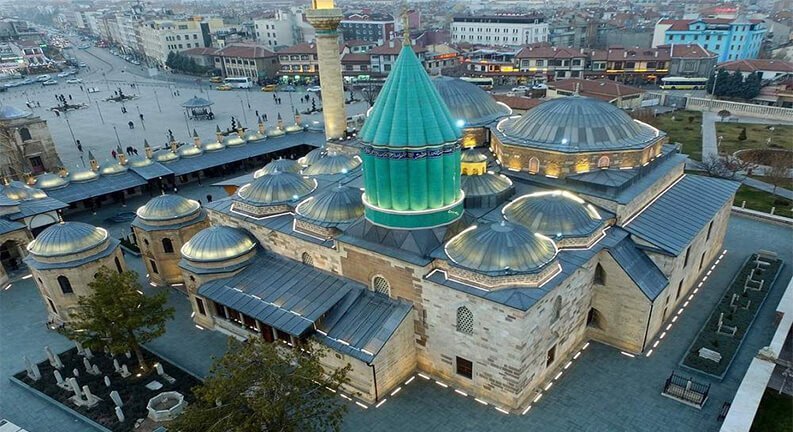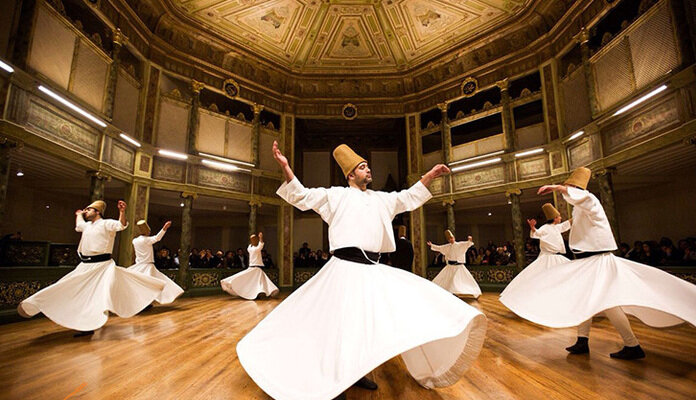AFP•October 2, 2020
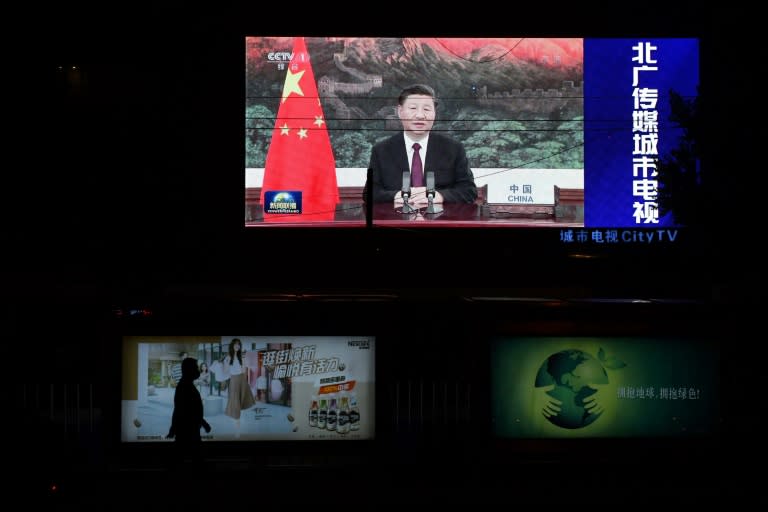
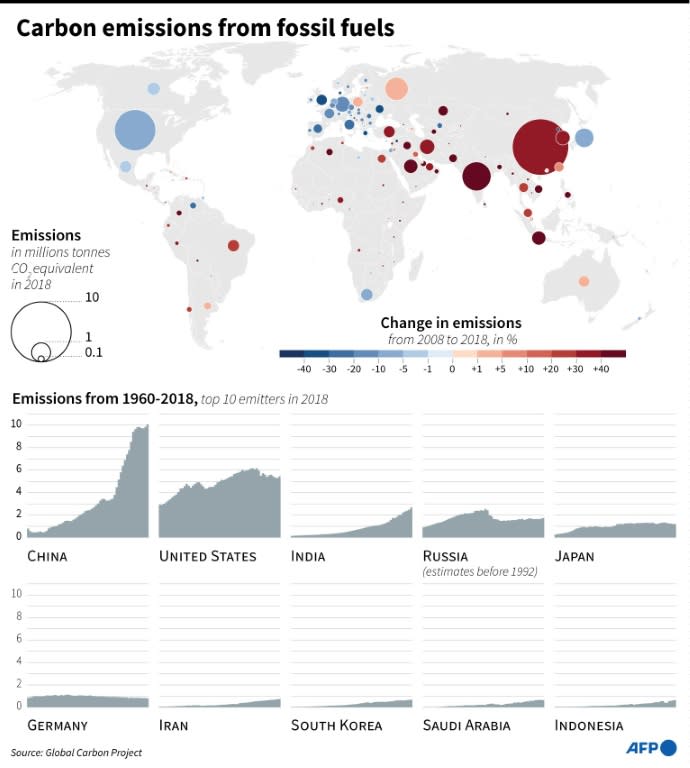
The politics behind Xi's big green promise for China
The Chinese leader last month chose the UN as the stage for his country's unexpected pledge to reach peak coal use by 2030 and go carbon neutral three decades later
Xi Jinping's vow to snuff out emissions by 2060 completes a diplomatic pirouette that moves China to the heart of the global green agenda, wrong-foots the US and cuddles up to Europe's climate advocates in one nimble step.
The Chinese leader last month chose the UN as the stage for his country's unexpected pledge to reach peak coal use by 2030 and go carbon neutral three decades later.
The announcement gives China -- the world's biggest polluter and second-largest economy -- an opportunity to show environmental leadership at the same time as the United States retreats from the issue under climate change sceptic Donald Trump.
While light on details, the plan is a game-changer if China is good to Xi's word, and the pledge was welcomed by the European Union, which is already toughening up its own emissions targets.
"It comes at a very good time," says Wendel Trio, of Climate Action Network Europe, with the European Commission launching its own proposal to deepen its emissions cuts to 55 percent by 2030.
China has become a diplomatic pariah after spats with India over borders, the EU over rights abuses, Australia over security and the US over everything from trade and technology to the origins of the coronavirus.
The 2060 pledge reflects China's desire to showcase itself as a "responsible international player" after a storm of negative attention, Trio added.
While many remain unconvinced China can meet its carbon ambitions -- especially as it goes on a coal spending spree at home and sponsors dirty energy projects abroad -- the promise gives China helmsmanship of a big global issue for the first time.
"Xi's pledge plays into his larger agenda of promoting China as a global standard setter," says Maria Repnikova, political scientist at Georgia State University.
China also remains tethered to the Paris climate accords, the deepest effort yet to stop calamitous warming of the Earth, despite Trump pulling the US out of the deal.
"China no longer just follows international rule and norms, it creates them. That's a significant shift, and a big contrast with the isolationist rhetoric of the United States," Repnikova said.
- New green order? -
Xi also has hard domestic calculations at play.
China's 30-year economic surge from developing nation to superpower status has been nourished by coal -- bringing with it some of the world's most polluted skies -- and the country is far from quitting its carbon addiction.
Next year China hosts the delayed UN biodiversity summit and Xi will likely seek positive headlines on his environmental position.
Beijing's five-year economic plan, which also comes into force next year, will be scoured for serious commitments to weaning the country off coal.
Currently, just 15 percent of the country's energy mix is provided by renewables. Beijing's 2060 commitment means that will have to ramp up fast.
But if the global direction of travel is away from coal and towards cheap renewables and green tech, China could put itself at the forefront of a new economic order.
That could encourage action by provincial governments made twitchy by the economic blows of the coronavirus pandemic, says Lina Li, climate and foreign policy specialist at the Berlin-based Adelphi consultancy.
- Strategic win for Beijing -
Taking coal plants offline, meeting stringent emissions targets and pleasing the population by curbing pollution could also deliver a strategic win to the Chinese Communist Party.
The move will allow Beijing to "tighten its controls over the local governments as well as the Chinese society," says Fuzuo Wu, an international relations lecturer at the University of Salford.
But whether China's new climate policy supersedes international angst over human rights issues remains to be seen.
On Wednesday German Chancellor Angela Merkel accused China of "poor and cruel treatment" of its minorities and raised fears over the running crackdown on dissent in Hong Kong.
European leaders are planning to hold a special summit next month to discuss the continent's complicated relations with China.
The climate question could also be suddenly reshaped by the outcome of next month's US election.
China and the US are arm-wrestling for supremacy in trade, tech and defence and experts say the green agenda will become a new battleground -- or a potential point of rapprochement.
Another Trump victory would further America's isolation over the environment. But a win for Joe Biden, champion of a Green New Deal for America, "will change the setting," Trio adds.
burs-apj/gle


